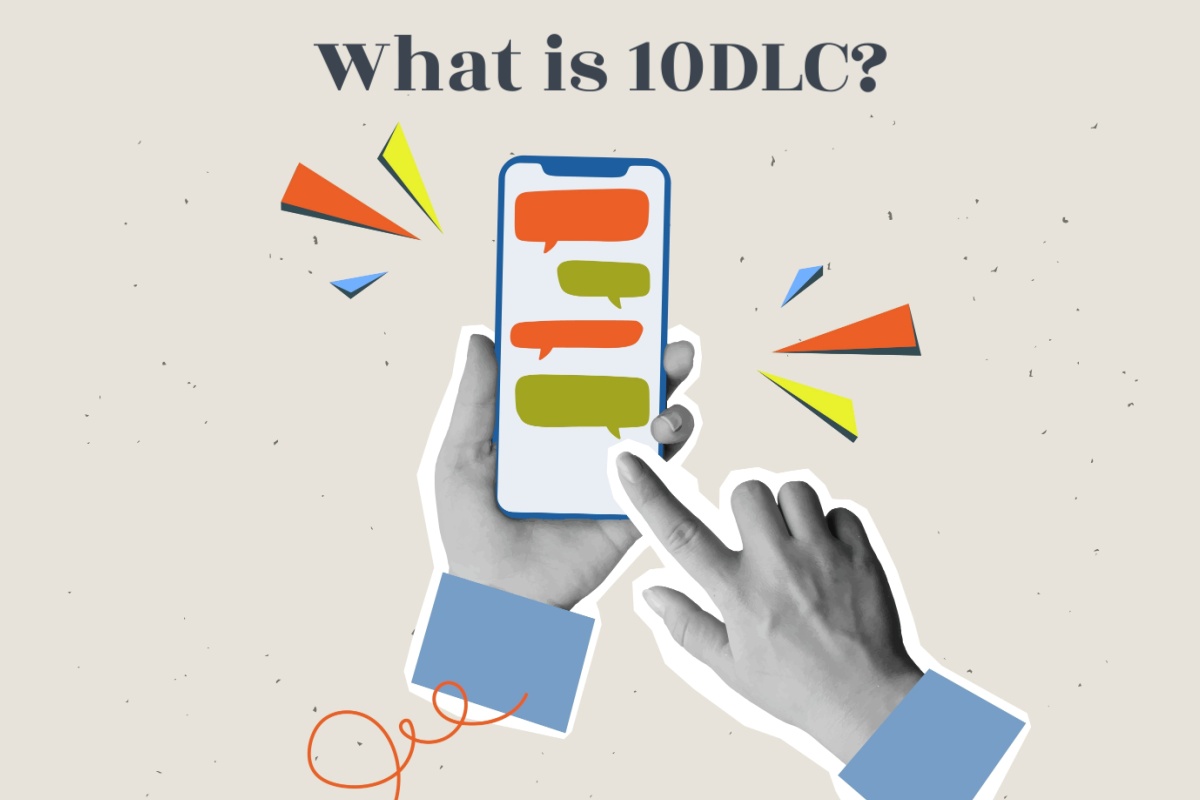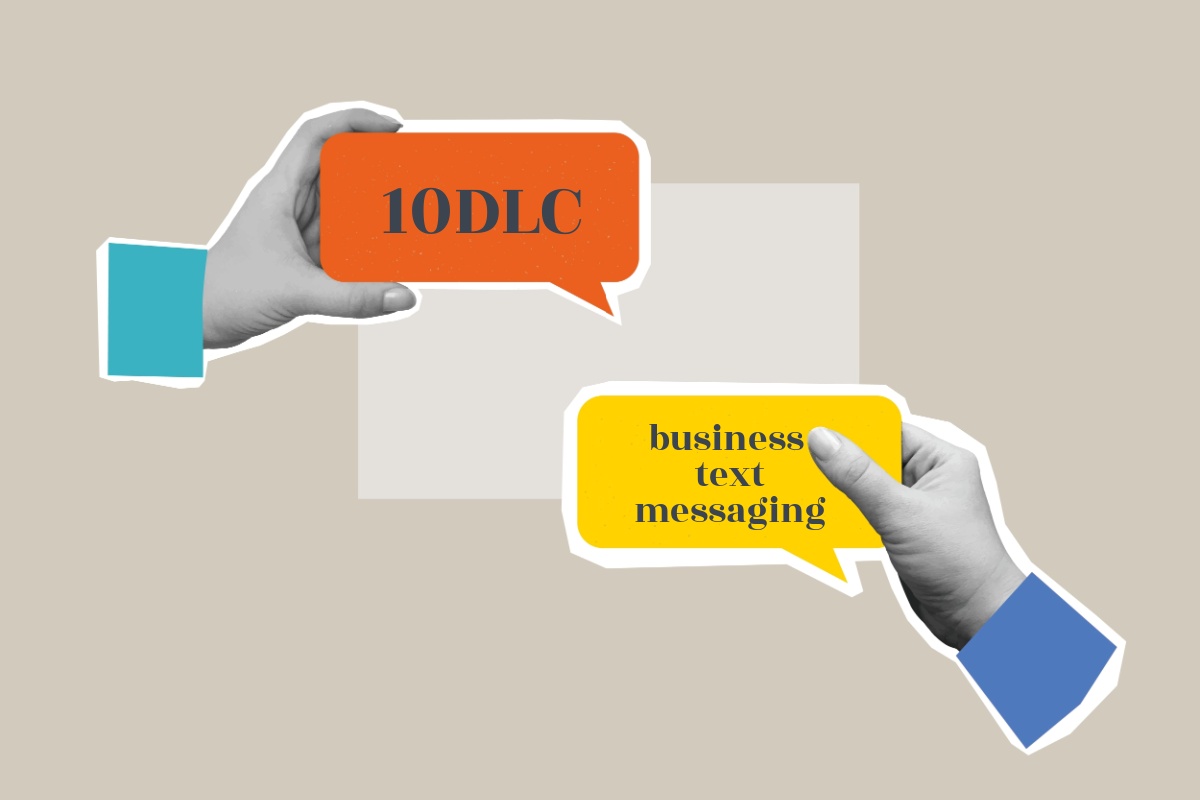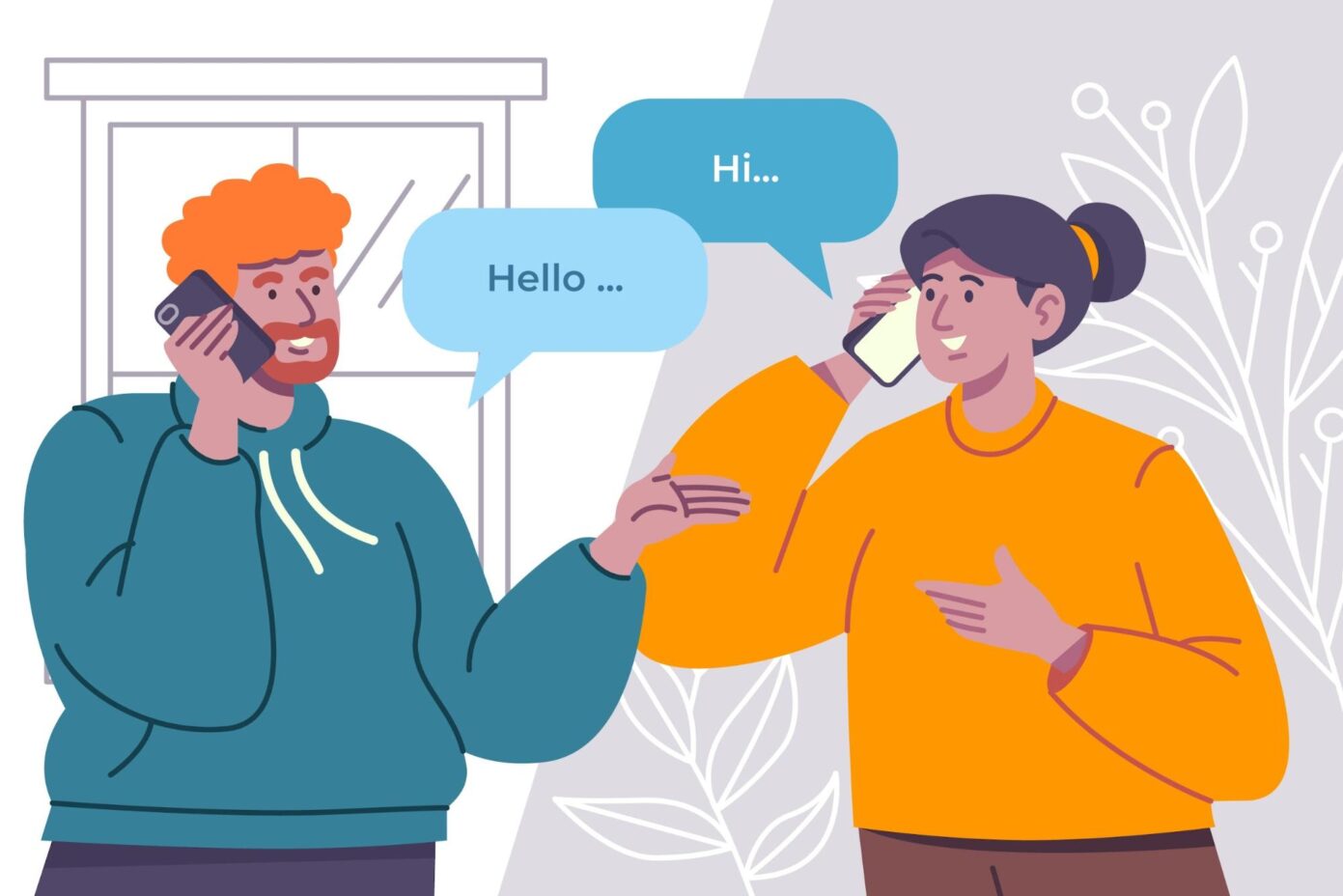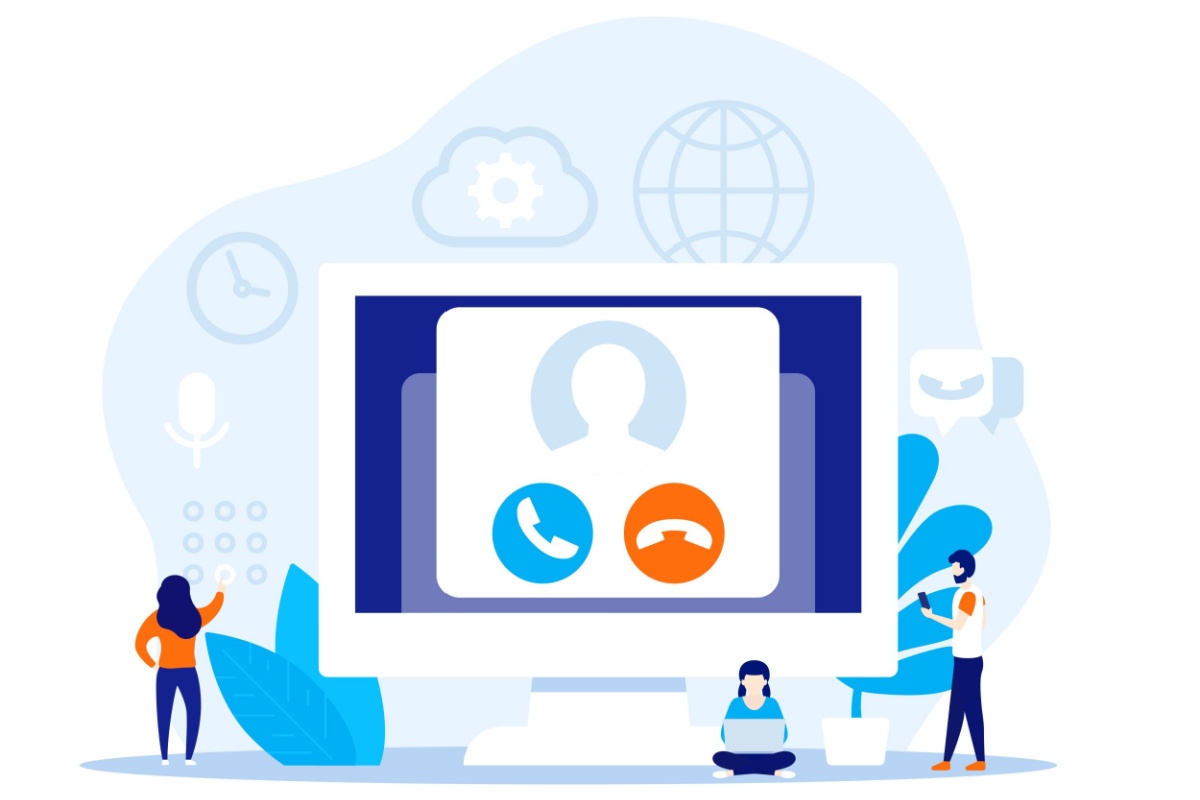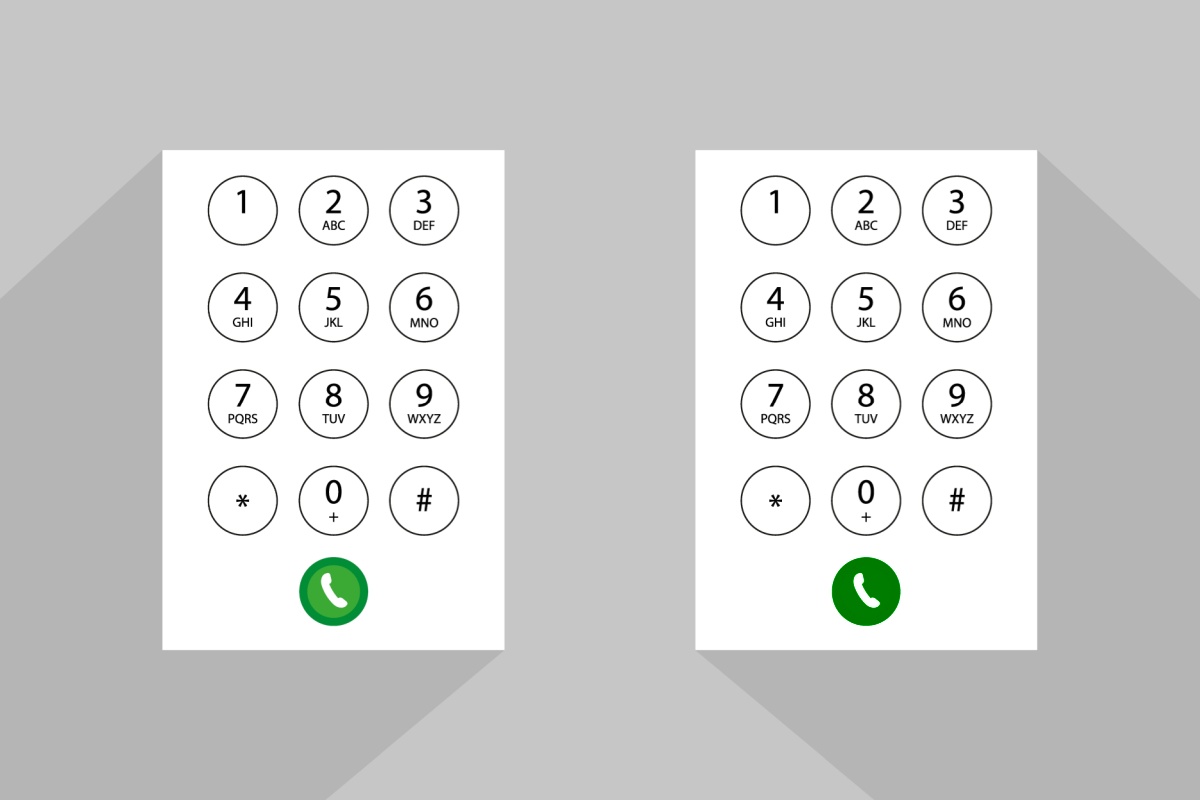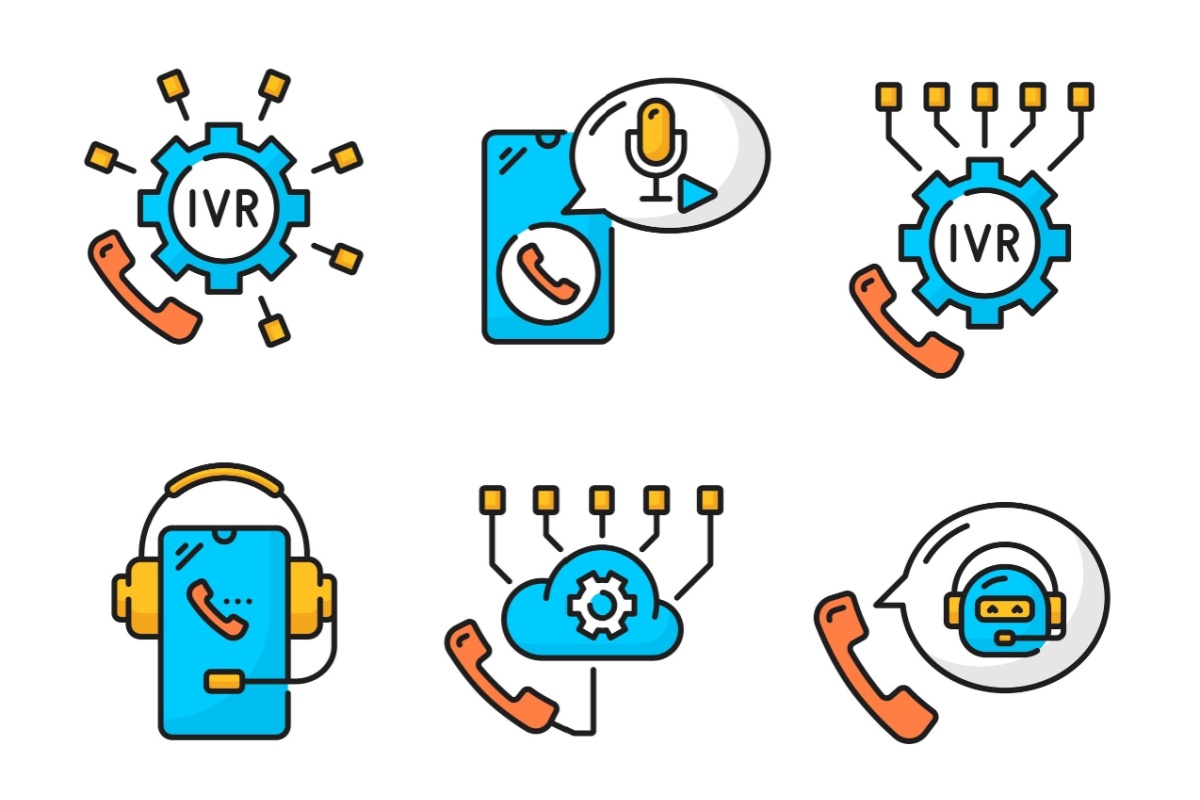If you’re a small business owner who relies on texting to stay in touch with customers, you might have recently run into confusing new rules or unexpected message blocks. You’re not alone — a wave of new regulations known as 10DLC (10-Digit Long Code) is catching countless business owners off guard. Designed to protect consumers from spam and fraud, 10DLC brings new requirements that can feel overwhelming if you’re just trying to keep your business running. So what exactly is 10DLC? In simple terms, it’s a set of standards created by wireless carriers and the messaging industry to regulate business text messaging. It requires businesses to register their brand and any text messaging campaigns with a centralized registry before sending messages using standard local phone numbers. The goal is to ensure legitimate businesses get reliable message delivery while stopping scammers who abuse SMS. While the intention is good, the process …
Why Small Businesses Shouldn’t Fear 10DLC
If you’re a small business owner, you’ve probably heard some unsettling talk lately about 10DLC — fees, registration headaches, compliance rules, and the fear of blocked messages. It can sound intimidating, even scary, especially when you’re just trying to stay connected with your customers. You’re not alone in feeling overwhelmed; many small businesses are worried that 10DLC will make texting harder, more expensive, or even impossible. Let’s clear things up. 10DLC, short for 10-Digit Long Code, is a system carriers use to regulate business text messaging. It requires companies that send texts from standard 10-digit phone numbers to register who they are and what kinds of messages they’re sending. The goal is to protect consumers from spam and fraud while ensuring legitimate businesses, like yours, can keep delivering important updates and promotions reliably. While the new rules might seem like a burden at first, they actually help you in the …
10 Effective Ways to Tackle High Call Volume
Too many calls at once can overwhelm your team, cause long wait times, and lead to missed customer inquiries. If this happens often, it can hurt your customer satisfaction and damage your company’s reputation. In this article, we’ll share 10 effective ways to tackle high call volume. These tips will help you stay organized, respond faster, and give your customers a better experience. What is a High Call Volume? A high call volume means your business is getting more calls than usual. This increase can happen suddenly or over time. It often means your phone lines are busier, and your team may struggle to keep up with all the incoming calls. This increased call volume usually refers to a spike in inbound calls from customers. It can make it harder for center agents to answer every call quickly. As a result, some customer calls may go to voicemail or stay …
Your Guide to a Business Phone System Installation
Good communication keeps your business running smoothly. Whether you’re running a small team or a growing company, having the right phone system matters, but setting it up the wrong way can cause problems. In this article, we’ll walk through everything you need to know to avoid those mistakes and get things right from the start. Steps to Prepare for Your Business Phone System Installation Setting up your phone system the right way helps you avoid problems later. When you prepare well, your team can handle every phone call, answer incoming calls during business hours, and avoid missed calls. Here’s how to get ready step by step. Consider Your Business Needs Think about how your team works each day. Do you mostly receive calls from customers? Are there often missed calls when no one is free? Do some calls happen outside of regular business hours? Your answers will help you decide …
How to Transfer Calls On Any Device The Right Way
Transferring business calls sounds easy, but it can go wrong fast. Maybe you sent the caller to the wrong person. Maybe the line goes dead. Or maybe the customer ends up stuck on voicemail or forced to rely on filing a support ticket that can only be answered hours later. In this guide, we’ll show you how to transfer calls the right way on any device. This way, you can help every customer get to the right contact without any confusion. What’s the Difference Between Call Transfer & Call Forwarding? Call transfer and call forwarding might sound the same, but they work in different ways. Both let you move a current call to someone else, but how and when you do it is not the same. What is Call Transfer? Call transfer is used while you are on the phone with someone. For example, if a customer calls your business …
VoIP vs Landline: Which Option Is Right for You?
Choosing a phone system might seem like a small decision, but it can have a big impact on your business. If you deal with missed calls, poor sound quality, or limited features, it can slow things down and frustrate your team. Some businesses still rely on landline systems, while others are switching to internet-based options like VoIP phone services. With more people working from different locations and needing flexible tools, the phone system you use matters more than ever. If you are not sure which option fits your business best, you are in the right place. This article will walk you through the differences between VoIP and landline phones. We will cover features, pros, cons, and more so you can make the right choice for how your business communicates. What is a Landline? A landline is a phone that works through a wired connection. It uses copper wires to carry …
Inbound Call Routing: What It Is & How To Set Up Your Own
When a customer calls and no one answers, it causes frustration. Being stuck in a long call queue, getting passed around, or reaching the wrong person leads to a poor customer experience. Many repeat callers end up hanging up because they don’t want to go through the same trouble again. In a busy call center or any business that needs to answer calls from customers or clients often, a setup without a clear call routing system doesn’t work well. That’s where inbound call routing helps. This article will explain what inbound call routing is, why it matters, and how to set up your own system. What Is Inbound Call Routing? Inbound call routing is the system that decides where each incoming call goes. Instead of all calls ringing to everyone or piling up in one place, the system sends each call to the right person or team. This setup helps …
How to Get a Second Phone Line for Business in 3 Easy Steps
Tired of mixing work calls with personal ones? You’re not alone. Many small business owners and team members struggle to keep things organized when everything runs through one phone. It can lead to missed messages, late replies, and confusion between personal and business contacts. Using your personal cell phone for work also means you’re always “on,” even during off-hours. Without a clear separation, it’s hard to take a real break. On top of that, giving out your personal number to clients or customers can feel unprofessional and risky. In this article, we’ll teach you how to get your own second phone line for business. You’ll learn what it can do, how it helps with everyday tasks, and the best business phone systems that will provide you with a second phone line, along with many more useful features. Whether you’re running a business solo or with a team, this guide will …
Cloud-Based Call Center: Everything You Need to Know
Running a call center used to mean wires, phone lines, and a big office filled with ringing phones. But things have changed. Now, many businesses are choosing a cloud-based call center instead. A cloud-based call center is a phone support system that runs on the Internet. It doesn’t need any hardware or wires at your office. You just log in through your computer, tablet, or phone, and you’re ready to help customers. As all data is stored online, not in your office, you don’t have to buy or maintain phone servers; everything happens in the cloud. It’s simple, flexible, and can be used from anywhere. In this article, we’ll discuss how it works and why you should use it. Difference Between Traditional vs. Cloud-Based Call Centers A traditional call center needs phone lines, servers, and hardware. Your staff has to work on-site, and the setup can be expensive. It also …
IVR Phone System: What It Is + 4 Steps To Set It Up
Handling phone calls without a system can feel overwhelming. You’ve probably dealt with calls piling up, customers getting frustrated because they can’t reach the right person, or important messages slipping through the cracks. It’s stressful — for you, your team, and your customers. That’s where an IVR phone system can help. It gives you a simple way to manage incoming calls, guide callers to the right person, and even answer common questions without involving your team. In this guide, we’ll walk you through what an IVR phone system is and how you can set one up in just five easy steps. What is IVR? IVR, or interactive voice response, is an automated phone system that helps businesses manage incoming calls. When you call a company and hear a menu with options like “Press 1 for sales” or “Press 2 for support,” that’s IVR in action. It’s designed to answer common …
